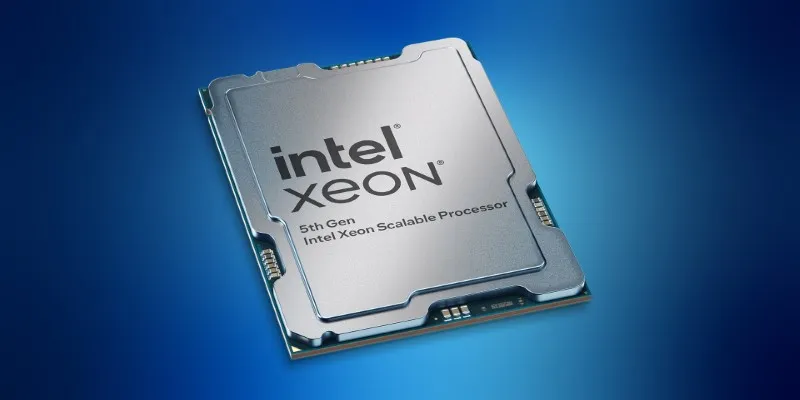Imagine purchasing what you need without even lifting a finger. No clicks, no browsing, no checkout system. Zero-click buying is based on this concept and is rapidly becoming an expanding trend in eCommerce. This innovative approach predicts your needs using advanced technology, ordering items on your behalf. It’s like having a digital assistant shop for you, supplying everything from daily essentials to groceries without your involvement.
Sounds convenient, right? Shopping has become quicker and simpler as more businesses embrace this strategy. But is this truly the future of online shopping, or just a passing fad? This article delves into zero-click buying, its rising popularity, and what it means for consumers and businesses alike.

What is Zero-Click Buying?
Zero-click buying is a modern online shopping method that eliminates the need for checkout actions. There are no buttons to click or products to browse. Instead, the system automatically places orders using your past buying habits, saved preferences, and smart algorithms. For instance, if you usually buy coffee every two weeks, the system schedules the order for you at the right time. This process is powered by cutting-edge technology, including AI and machine learning.
Smart assistants, connected apps, or subscription services typically facilitate this process. These tools monitor your usage and determine when to reorder items for you. For frequent purchases like toilet paper, toothpaste, or pet food, once the system is set up, it operates in the background with minimal effort on your part. You can stop or adjust the settings anytime.
How Technology Makes Zero-Click Buying Possible
Smart technology drives zero-click buying, aiding in decision-making. A key component is artificial intelligence, which learns your preferences and analyzes your shopping history. For example, it notes if you order coffee every two weeks and places the order at the right time without prompting you. Voice assistants like Alexa and Google Assistant assist in this process, organizing items through voice commands or tracking past requests.
Certain smart fridges and home appliances can sense when supplies run low, automatically notifying you to restock milk, eggs, or snacks. Phone apps also play a crucial role, linking with smart tools to gather data on your shopping habits and preferences. Machine learning enhances these systems over time, improving their ability to anticipate your needs. User behavior and data storage are fundamental to this process.
Benefits of Zero-Click Buying
Zero-click buying offers several benefits for both companies and consumers. The primary advantage is time savings, as users no longer need to browse, scroll, or manually place orders. The technology handles everything automatically, basing orders on user preferences and timing. This convenience is significant, especially for time-pressed individuals who might forget daily essentials like toothpaste, cereal, or soap.
For companies, zero-click buying enhances customer loyalty, as customers tend to stick with trusted brands or platforms. It also reduces cart abandonment, a common issue in online buying , boosting user engagement and increasing sales. By leveraging smart data instead of aggressive marketing, businesses can reduce marketing costs. Overall, this approach improves shopping efficiency by running silently in the background as people go about their daily lives.

Possible Risks and Concerns
Despite its advantages, zero-click shopping poses several risks and concerns that consumers should be aware of. Privacy is a major issue, as the system relies on accessing personal information such as delivery addresses, payment details, and shopping patterns. Inadequate protection of sensitive data could lead to unauthorized access or misuse by hackers or third parties.
Another concern is the loss of control over purchases. If the system misinterprets behaviors, it could lead to unwanted or unnecessary items, resulting in waste or frustration. The lack of browsing also limits choice and variety, eliminating opportunities to find better deals or compare prices. Additionally, some individuals enjoy shopping and might feel disconnected from the activity. Automatic shopping could also lead to overbuying, as its ease might encourage extra spending.
How Businesses are Adopting Zero-Click Buying
Many major companies are adopting zero-click buying to streamline the purchasing process. Amazon, a pioneer in this field, uses its Dash Replenishment technology to automatically restock items for customers when supplies run low. This method integrates smart devices into product lists, ensuring essentials are always available without user intervention. Grocery delivery apps also use this technology, tracking the frequency of purchases like milk or bread and automatically suggesting or placing orders based on that data.
Similarly, streaming services like Netflix or Spotify recommend movies, shows, or music without requiring users to search. This same logic makes shopping easy and seamless. Subscription-based apps, where customers sign up once and the service continuously delivers products, often without manual reordering, also follow this model.
How This Trend May Shape the Future of eCommerce
Zero-click buying is set to revolutionize eCommerce in significant ways, establishing a new standard. As consumers seek faster and more convenient shopping experiences, this approach offers exactly what they need. It simplifies daily purchases and saves time, improving overall lifestyle. Retailers must adapt to this change by incorporating zero-click options to stay competitive.
Marketing strategies will also evolve. Brands will focus on consumer behavior rather than clicks, aiming to build long-term loyalty instead of one-time sales. While companies must prioritize security and privacy, data will become even more crucial. Zero-click purchases could eventually extend to services like food delivery, healthcare, and even fashion, where systems learn your preferences and automatically fulfill your needs.
Conclusion
Zero-click buying is transforming eCommerce by offering speed and convenience, streamlining purchases. For consumers, it saves time and simplifies recurring purchases; for businesses, it fosters brand loyalty and boosts sales. However, the system’s long-term success hinges on addressing privacy, control, and overbuying issues. As this trend progresses, retailers must invest in user- friendly environments and secure technologies. The future of eCommerce might lie in even more personalized, automated shopping experiences, and businesses aiming to thrive must balance transparency and trust to ensure customers feel in control.
 zfn9
zfn9






















